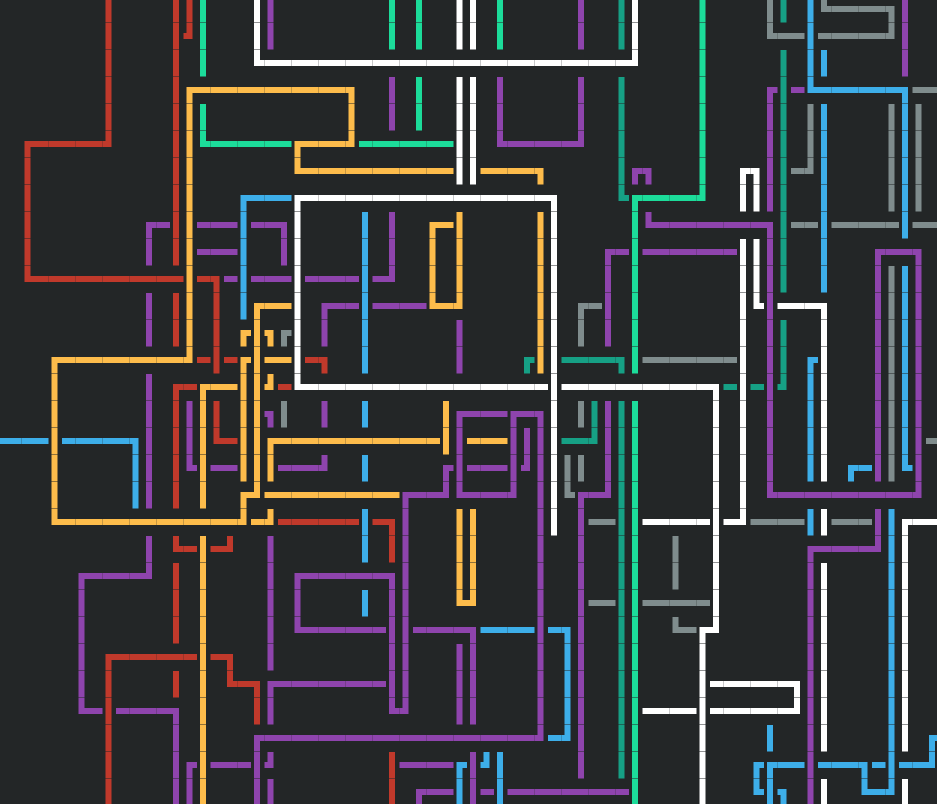Or at least setup a redirect rule to one that you do check
celles-ci sont pipes.sh
- 0 Posts
- 7 Comments

 4·1 month ago
4·1 month agoMany ways to install it officially nowadays (see their website) but most do it via docker. A very easy albeit unoffical way is via flatpak.

 1·2 months ago
1·2 months agoDepending on the laptop (or with any laptop + smart plug) you can set charging thresholds, both for starting and stopping the charge (lower and upper limits), this way it will do a few cycles instead of staying fixed to a certain level of charge.
In order the worst things we can do to batteries are: leave them at 0% for years, leave them at 100% for years, leave them halfway for years (what happens when left plugged in with only an upper charge limit like 80%) - batteries need to do a few partial cycles at least, once in a while.
I recently added a used mini pc to my lab and it has a Ryzen 3550H, 16GB ram and 512GB nvme; it cost less than 100€ total, hits almost 8000 passmark. Just to give you an idea of what you can get on the used market, I wouldn’t buy a new Celeron pc myself.

 4·8 months ago
4·8 months agoI’ve been surprised by the ease of use and stability of MX Linux, they also maintain a repo with some key packages updated, like Firefox. It’s Debian Stable with a few tricks up its sleeve.

 3·8 months ago
3·8 months agoDebian stable + flatpaks is a great combo. Sometimes I still wish some packages were more recent (not fun when yt-dlp starts breaking), sometimes I’ve been let down by their oldness in Debian Testing, and even Unstable (wanted to test Plasma 6 for instance). Overall I’m happier that there’s way more stuff in the official debian repos I would have to use AUR for otherwise.
A lazy option to set up a player (what I do a t least), is installing via flatpak Jellyfin Media Player. For android, installing from F-droid.

deleted by creator